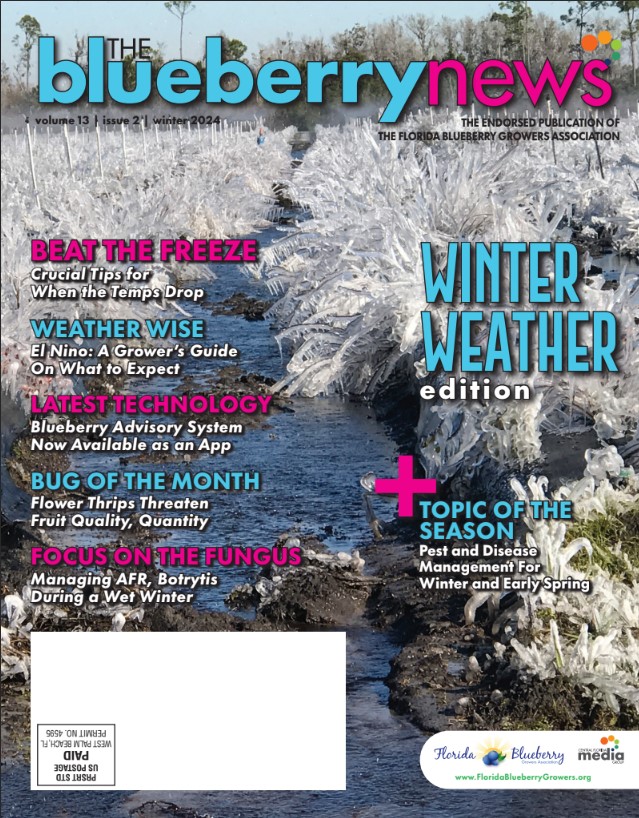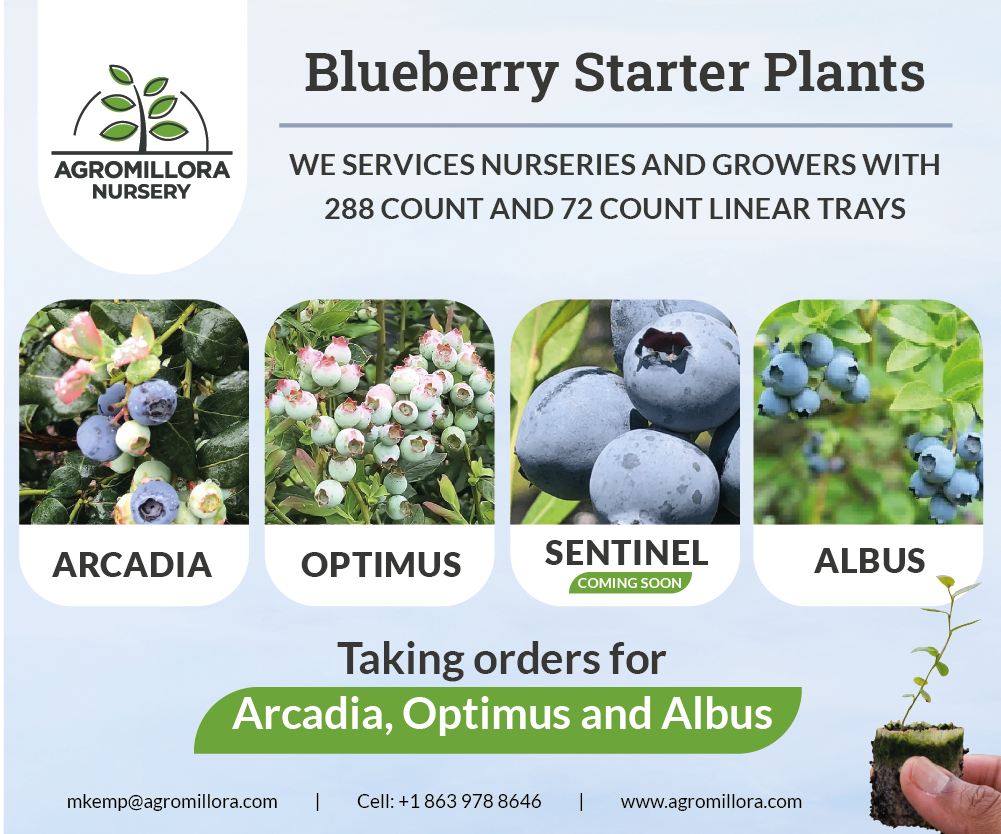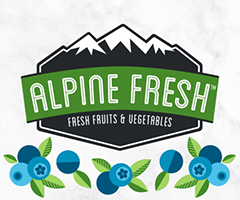Blueberry Advisory System Alerts Growers to Conditions Favorable for Anthracnose Fruit Rot
Credit: Dr. Natalia Peres, Professor, Plant Pathology, UF
& Doug Phillips UF/IFAS Blueberry Extension Coordinator
Anthracnose fruit rot (AFR) is a fungal disease that affects southern highbush blueberries in Florida. It is caused by the fungus Colletotrichum gloeosporioides and is highly dependent on favorable weather conditions. Control of this disease is primarily achieved through spray application of suggested fungicides, with many Florida growers using a calendar-based spray program. Suggested fungicides include azoxystrobin, captan, cyprodinil + fludioxonil, pyraclostrobin + boscalid, fluazinam, and others. However, resistance to QoI fungicides such as azoxystrobin and pyraclostrobin has been observed in Florida fields, and resistance to boscalid has been observed in the lab.
The Blueberry Advisory System (BAS), available at http://agroclimate.org/tools/bas/, is a weather-based alert system that signals Florida blueberry growers when environmental conditions are favorable for the development of AFR. BAS uses leaf wetness duration and temperature data from weather stations from the Florida Automated Weather Network (FAWN) as its signaling algorithm. Growers who sign up for notifications will receive a text and/or email message when the risk of disease is moderate or high. This system allows growers to target their fungicide sprays to those periods when the development of infection is more likely. In many cases, this can decrease overall applications for the season compared to a calendar-based approach while achieving a comparable level of disease control. BAS can be especially useful in years when weather conditions are not suitable for disease development. Growers can also use these risk assessments to choose whether to use a less expensive fungicide when disease risk is moderate or a more expensive product with greater efficacy during periods of high risk. For best efficacy, fungicide applications should be made within 48 hours of the disease risk event.
The signaling algorithm used in the BAS was first developed and used for strawberry production in Florida by Dr. Natalia Peres and her lab (the Strawberry Advisory System, or SAS). In 2018 and 2019, the Peres lab conducted field trials in commercial blueberry fields in central and south Florida using the SAS algorithm. They found that this algorithm worked in blueberries, and that in most cases, a similar level of AFR control was achieved using the same or fewer fungicide applications.
We hope you will try the BAS during the upcoming blueberry season and let us know if you think it is a helpful disease management tool.
Figure 1. BAS - snapshot of anthracnose disease risk across several FAWN stations (green is low risk, yellow is moderate risk).
Figure 2. BAS - anthracnose risk charted over one month.





